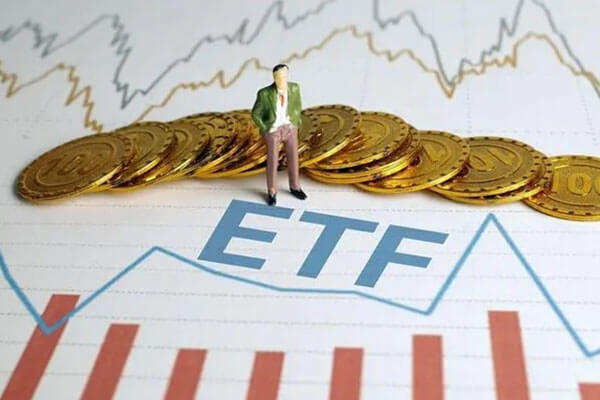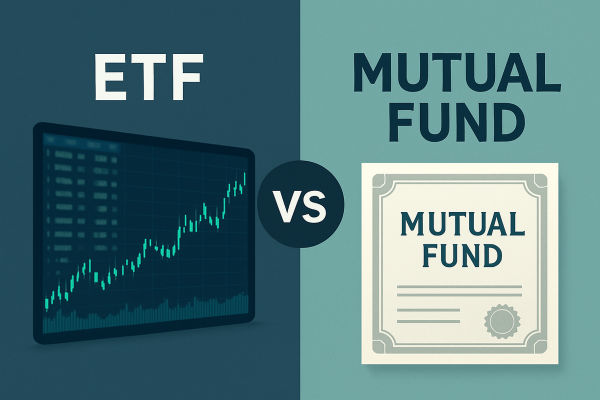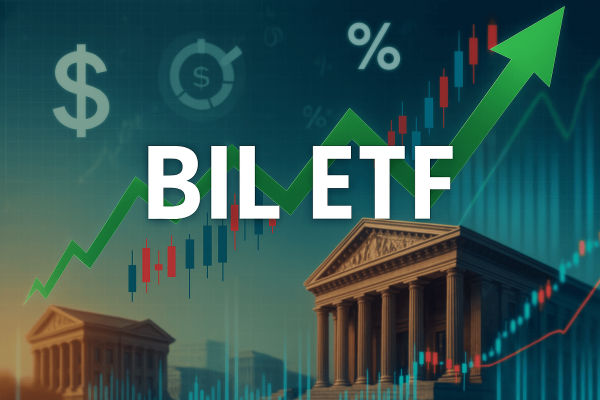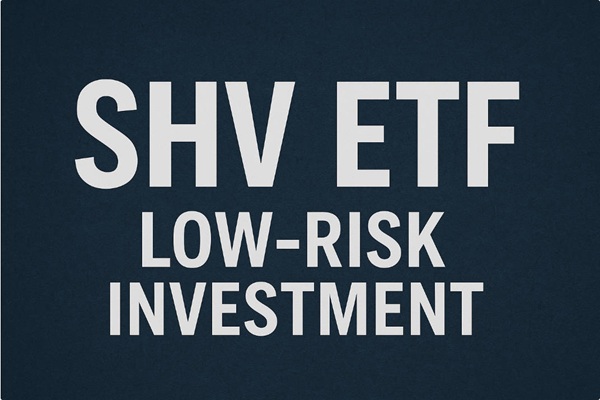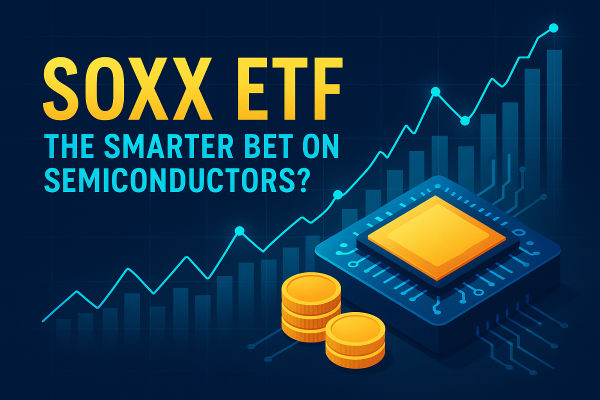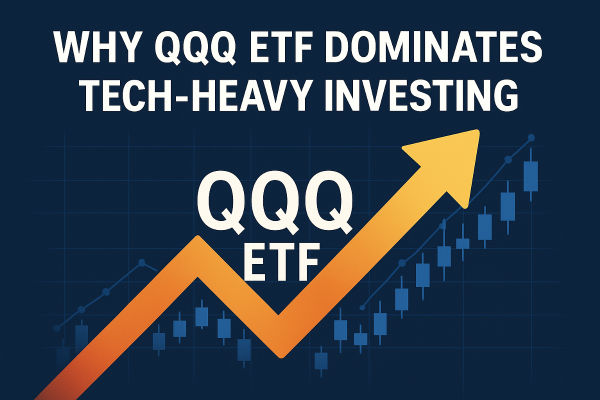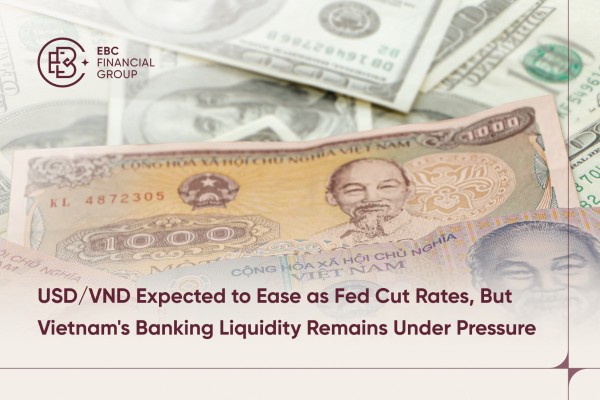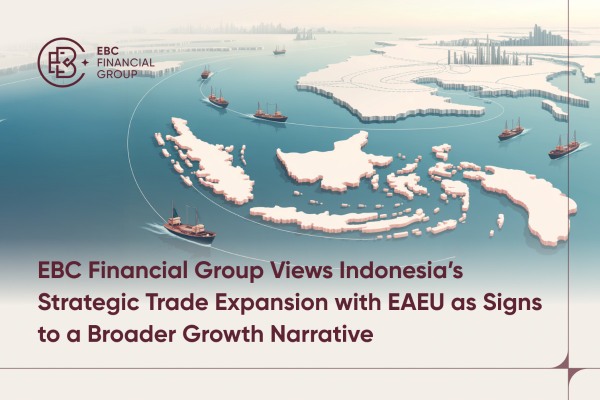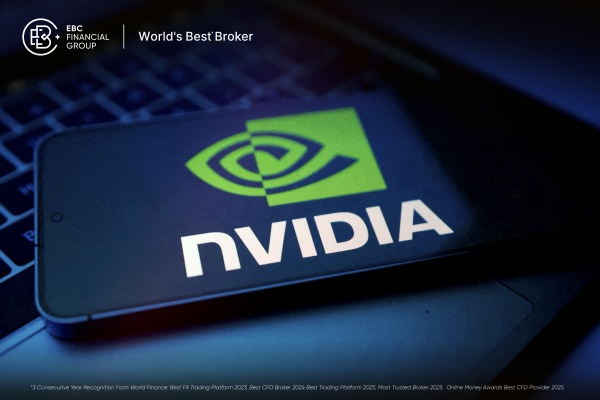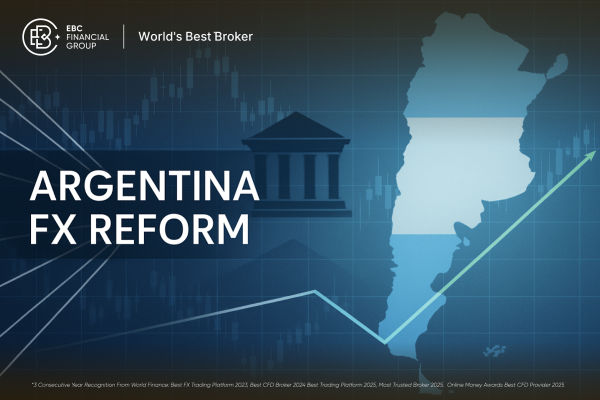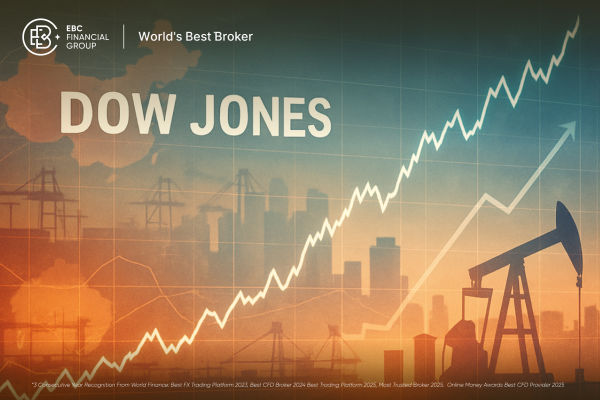ETF, or exchange-traded fund, is a common type of fund, while LOF, or listed
open-end fund, is somewhat similar to it. They play an important role in the
investment market, each with its own unique characteristics and advantages. This
article will delve into the connection and difference between ETF funds and LOF
funds to help investors better understand their characteristics and applicable
scenarios.
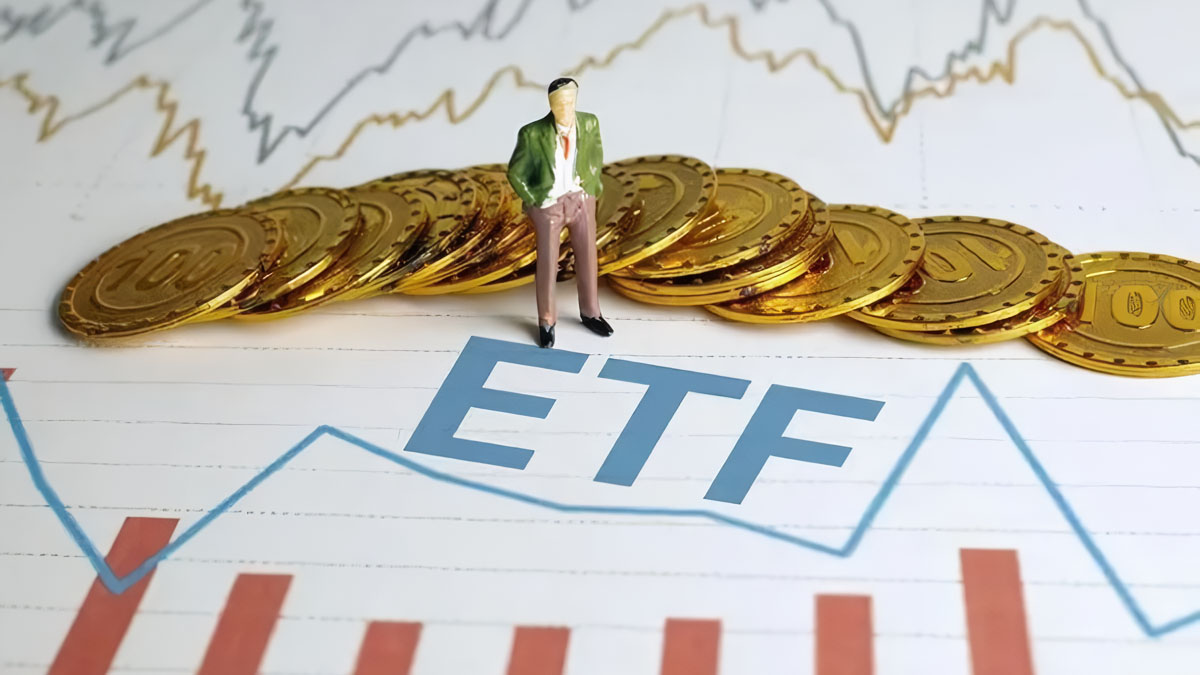
what is an etf?
The full name of an ETF is "Exchange Traded Fund". The name is already quite
straightforward, and the meaning can be understood literally. The most important
feature of ETFs is that they can be traded freely with other investors on
exchanges, unlike most open-ended funds. Under normal circumstances, open-end
funds can only be purchased or redeemed through fund companies but cannot be
freely traded in the secondary market. But ETFs can be bought and sold on
exchanges like stocks, making investing easier.
Etfs are not limited to tracking Index Funds; they can also be active funds.
In the domestic and international markets, most ETFs are index funds, and as
such, ETFs are generally considered to be tradable index funds.
Etfs can only be traded or redeemed on exchanges, and investors who want to
invest in ETFs first need to open a stock account with a Securities company.
However, in order to satisfy investors who do not have brokerage accounts, many
ETF funds have a corresponding over-the-counter linked fund. These connected
funds, which can be subscribed to and redeemed through banks and online
marketing platforms, typically invest in the same underlying assets as ETFs,
namely the fund's stock holdings.
Etfs and ETF-linked funds are consistent in terms of management fees, which
typically include management fees and custodian fees. The difference is that
ETFs need to pay a certain transaction fee when trading, which is usually around
0.15%, and some brokerages can even reduce it to 0.1%. The purchase and
redemption costs of ETF-linked funds are specified by the company and need to be
checked in detail.
There are also differences in subscription and redemption fees between Class
A and Class C of the same fund. The price of an ETF changes in real time, and
the transaction price is determined by the market price at that time, while the
price of an ETF-linked fund is based on the final net value after the close of
trading every day.
What is an LOF fund?
The full name of LOF is "Listed Open-End Fund", that is, listed open-end
fund. A LOF fund is an open fund with unique characteristics of subscription and
redemption. Unlike ETFs, LOF funds can be subscribed to and redeemed on the
exchange as well as over-the-counter. In addition, the LOF fund also supports
the conversion of shares between the field and the field, which is a flexible
feature.
Different from ETF funds, domestic LOF funds have both index funds and active
funds, and investors can choose different types of LOF funds that suit their
needs, including index tracking and active management.
The link between ETF and LOF funds
-
Fund structure
Both ETFs and LOFs have an open-end fund structure, which means they can
constantly issue new shares as investors demand them. Investors can buy shares
of these funds according to their own investment objectives and needs.
-
Portfolio diversity
Etfs and LOFs are pooled funds that pool investors' money to buy many
different types of assets, such as stocks, bonds, commodities, and more. This
gives investors access to portfolio diversity and reduces risk.
-
Open trade
Investors can buy and sell open-end on exchange-listed ETFs and LOF funds,
which means they can be bought and sold in the market like stocks without being
subject to the redemption period of the fund company.
-
Net asset value (NAV)
Both ETFs and LOFs regularly publish the net asset value (NAV) of their
funds, and investors can use the NAV to understand the net value of the fund and
make decisions.
-
Professional management
Both ETFs and LOF funds are managed by professional fund managers who are
responsible for the portfolio management and operation of the funds.
The difference between ETF funds and LOF funds
-
Transaction method
Etfs can be listed and traded on a stock exchange, just like stocks.
Investors can buy and sell on the exchange through market orders or limit
orders, and the trading hours are consistent with the securities market. LOF
funds are not listed on an exchange but are bought and redeemed through fund
management companies, with investors required to make subscription and
redemption requests to the fund company, and the price is usually based on the
net value of the day.
-
Price determination method
The price of an ETF is determined by market supply and demand, that is,
market price trading, so its price may have a certain premium or discount to the
net value of the fund. The price of the LOF is usually equal to the net value of
the fund because its subscription and redemption prices are determined based on
the net value of the fund on the day, and there is no premium or discount.
-
The subscription mechanism is different
One significant difference is that ETFs use physical subscription and
redemption, requiring the exchange of a basket of shares to acquire or redeem
ETF shares. The LOF fund uses cash subscriptions and redemptions and directly
purchases or redeems shares with cash. This has led to a relatively high
threshold for ETF funds to purchase on the floor, which usually requires
hundreds of thousands of starts and is more suitable for institutional
investors. The LOF fund has a low purchase threshold, which is suitable for
ordinary investors.
-
Different places of redemption
LOF funds support both on- and off-market purchase and redemption, while ETF
funds can only be bought and sold in the on-market and need to use the
corresponding off-market linked funds for purchase and redemption. If an ETF
does not have a corresponding over-the-counter linked fund, investors will not
be able to invest in the ETF over the counter.
-
Different fund types
Although ETFs can also be active funds, for the most part, they are index
funds. In contrast, LOF funds include both index and active funds, offering more
options.
ETF vs. LOF
| Feature/Difference |
ETF Fund |
LOF Fund |
| Full Name |
Exchange Traded Fund |
Listed Open-End Fund |
| Exchange Trading |
Traded on exchanges, similar to stocks |
Can be traded on exchanges and bought or redeemed off-exchange |
| Price Determination |
Market price trading, may have premiums or discounts |
Typically equal to the net asset value, with no premiums or discounts |
| Purchase Mechanism |
In-kind creation and redemption (exchange of a basket of stocks) |
Cash purchase and redemption |
| Purchase/Redemption Location |
Only on exchanges, requires off-exchange affiliated fund |
Can be purchased and redeemed both on and off-exchange without the need for an affiliated fund |
| Fund Types |
Can be index or actively managed fund |
Includes index and actively managed funds |
Both ETF funds and LOF funds are tools for investors to diversify their asset
allocation. After understanding the connection and difference between ETF funds
and LOF funds, investors should make wise decisions according to their
investment objectives, risk appetite, and needs when choosing ETF or LOF funds.
Understanding their characteristics and differences is an important step in
making investment decisions to better plan and manage a portfolio.
Disclaimer: This material is for general information purposes only and is not intended as (and should not be considered to be) financial, investment or other advice on which reliance should be placed. No opinion given in the material constitutes a recommendation by EBC or the author that any particular investment, security, transaction or investment strategy is suitable for any specific person.
